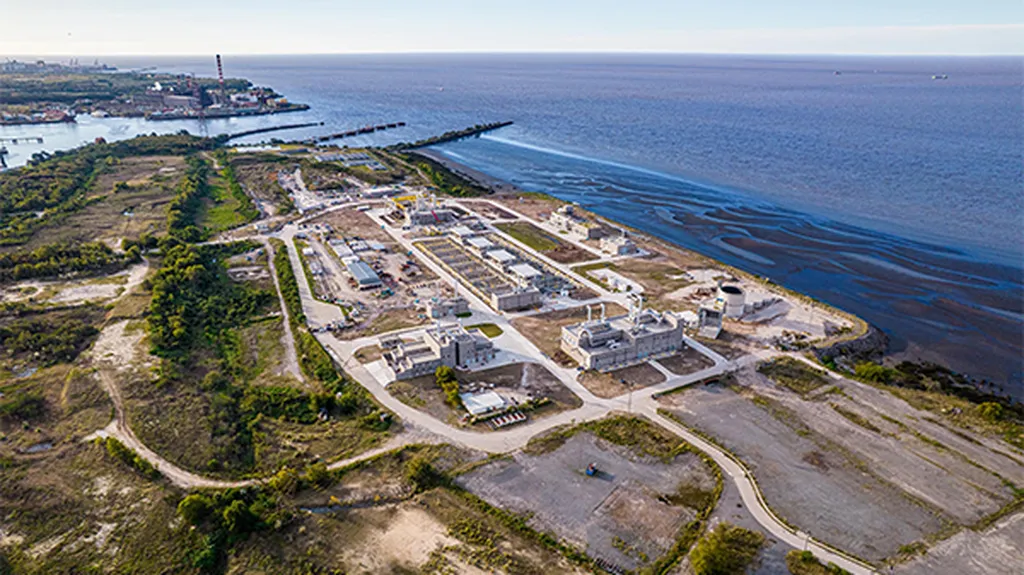In the heart of Italy, a groundbreaking study is reshaping how we think about water reuse in agriculture, with implications that could ripple across the global energy sector. Led by Pietro Drei from the University of Bologna, this research introduces a novel methodology for developing risk management plans for treated wastewater (TWW) reuse in agricultural irrigation systems. The findings, published in *Water Research X* (translated as *Water Research New Horizons*), could revolutionize how we approach water scarcity and sustainability in farming practices.
The European Union’s Regulation 2020/741 sets stringent requirements for using treated wastewater in agriculture, mandating risk management plans for every reuse case. However, the challenge lies in assessing and managing risks beyond the outlet of the reclamation facility—a gap this study aims to fill. “We need to involve new stakeholders, such as water distribution managers, storage operators, and farmers, who have often been overlooked in the past,” explains Drei. This inclusive approach ensures a comprehensive risk assessment that covers both human health and environmental impacts.
The study’s innovative framework employs a strategic appraisal using qualitative methods to characterize risks, ensuring safe and sustainable water reuse. By identifying critical nodes within the reuse system, the methodology provides a tailored, site-specific solution that can substantially mitigate associated risks. The case study in central Italy, involving a 26,000-hectare district, represents one of the largest and most complex scenarios faced by irrigation managers and operators in the country.
The commercial impacts of this research are profound. As water scarcity becomes an increasingly pressing issue, the ability to safely and effectively reuse treated wastewater in agriculture can significantly reduce the strain on freshwater resources. This not only benefits the agricultural sector but also has implications for the energy sector, where water is a critical resource for various processes, including cooling and production. By optimizing water use and ensuring sustainable practices, the energy sector can enhance its resilience and reduce operational costs.
The study’s findings suggest that tailored, site-specific preventive measures can substantially mitigate risks associated with TWW reuse. This approach not only ensures the safety and sustainability of water reuse but also paves the way for more innovative and efficient agricultural practices. As Drei notes, “This methodology provides a robust framework for developing and implementing risk management plans, ensuring that treated wastewater can be safely and effectively reused in agriculture.”
The research published in *Water Research X* marks a significant step forward in addressing water scarcity and promoting sustainable agricultural practices. By involving new stakeholders and employing innovative methodologies, this study sets a new standard for risk management in water reuse. As the global community continues to grapple with water scarcity, the insights and methodologies developed in this research could shape future developments in the field, offering a blueprint for safe and sustainable water reuse in agriculture and beyond.

